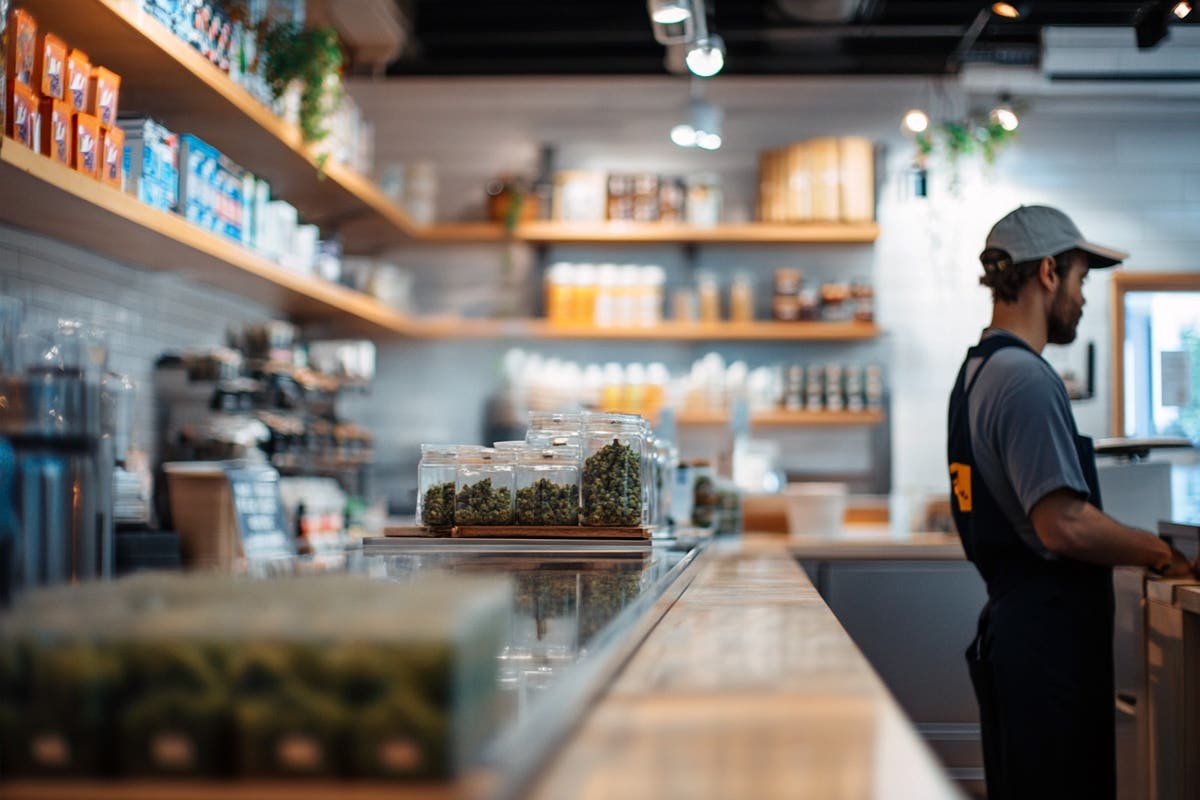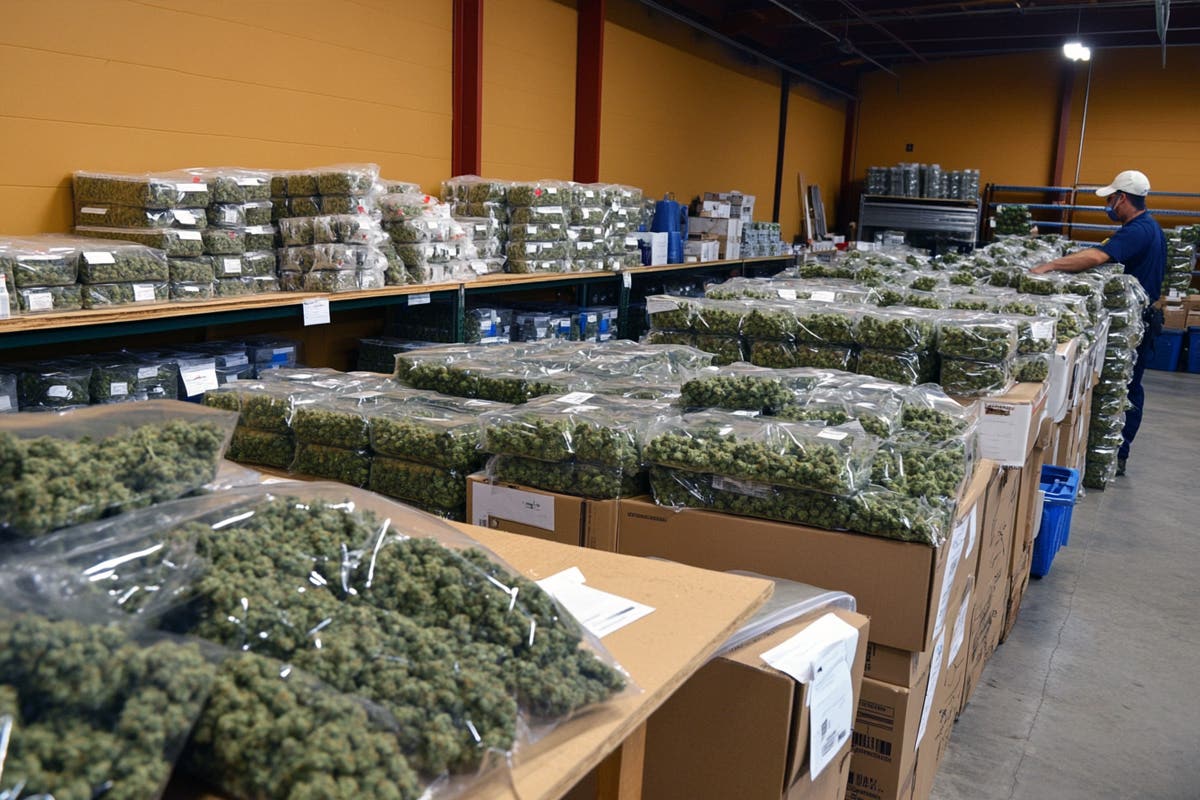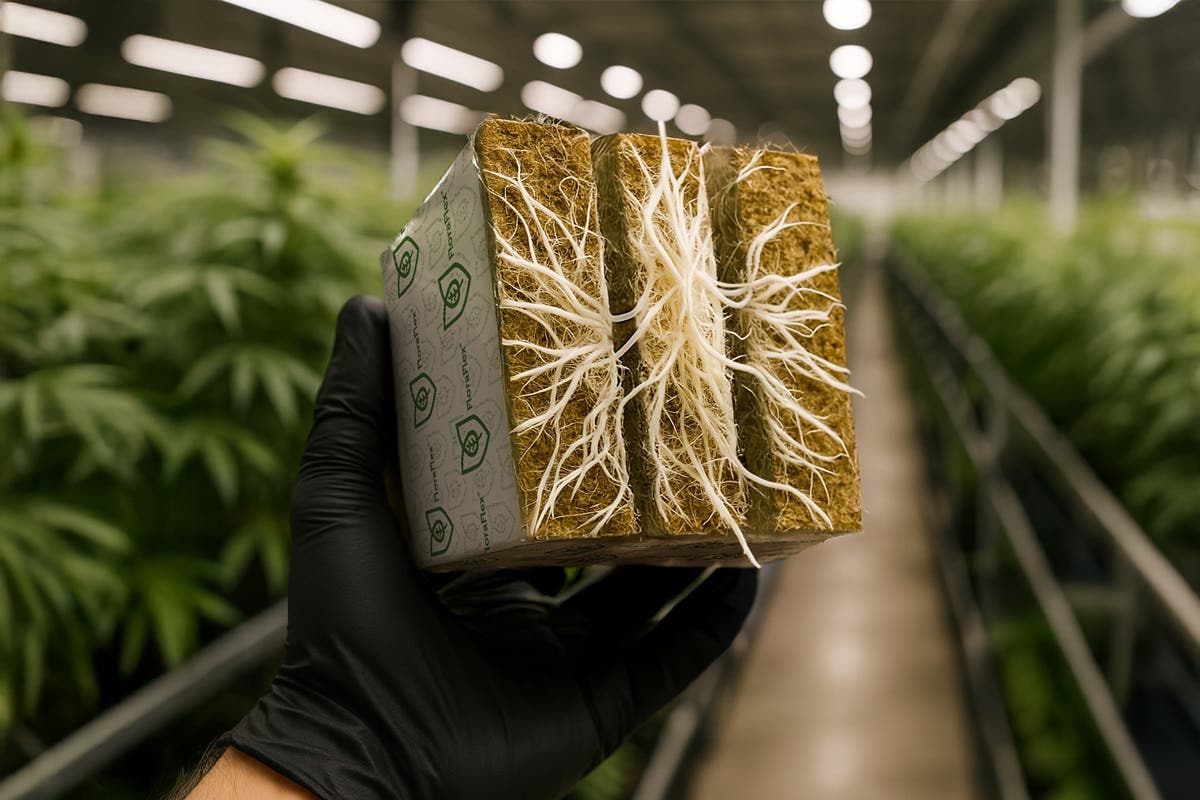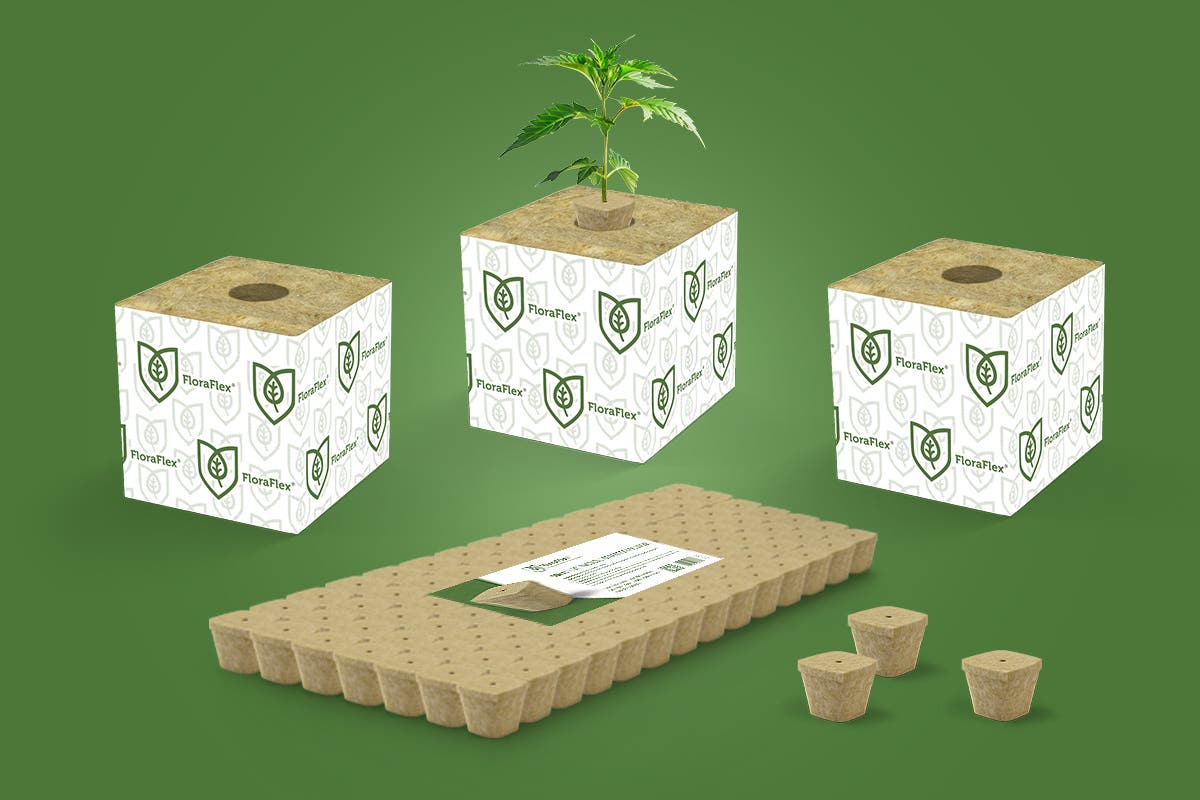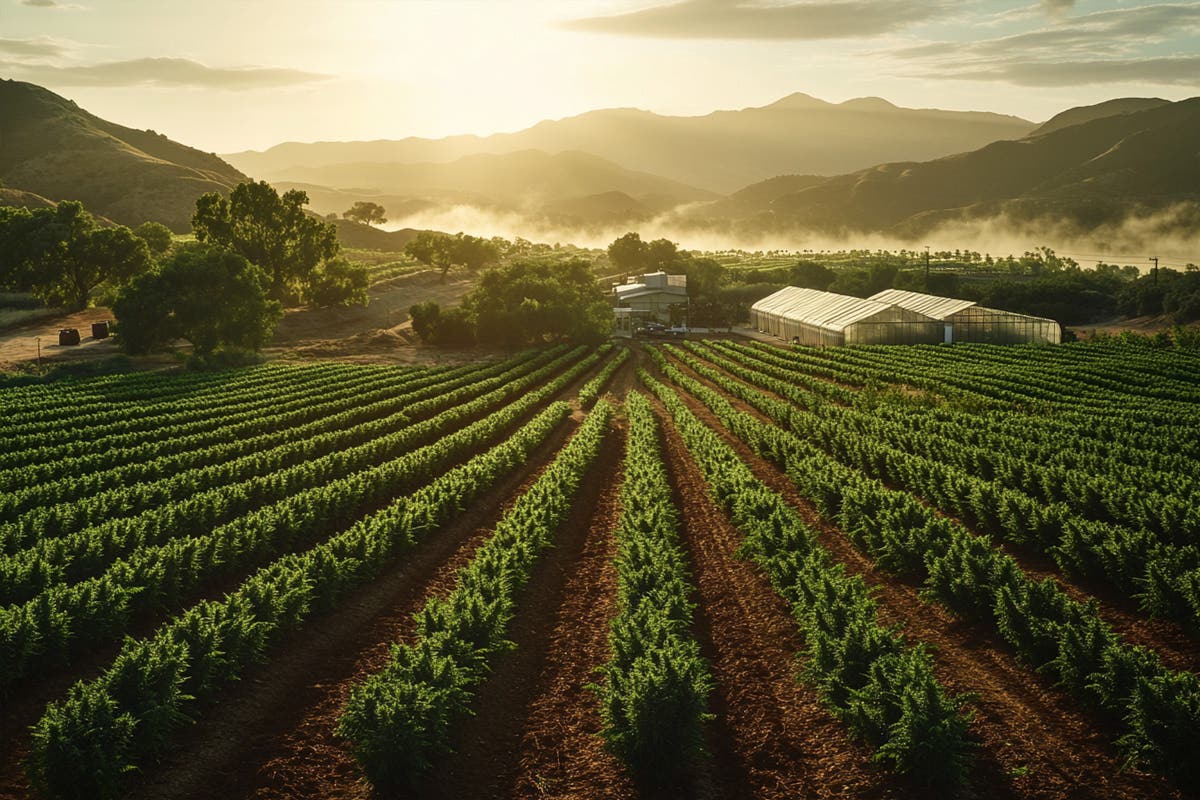The Benefits of Pruning and Training
-
Improved Light Distribution: Pruning and training techniques allow growers to manipulate the shape and structure of cannabis plants, ensuring that light penetrates deep into the canopy. This promotes better photosynthesis, resulting in increased overall plant health and productivity.
-
Enhanced Air Circulation: Proper pruning and training create a more open and well-ventilated canopy. Improved air circulation reduces the risk of mold, mildew, and other fungal diseases, contributing to healthier plants and higher yields.
-
Optimized Bud Development: By selectively removing unwanted foliage and redirecting energy towards desired bud sites, pruning and training techniques can enhance the development of larger and denser buds. This leads to increased yields of high-quality cannabis.
Pruning Techniques
-
Top Pruning: Removing the top portion of the main stem, also known as "topping," encourages the growth of multiple colas. This technique promotes lateral branching and ensures more uniform bud development throughout the plant.
-
Selective Pruning: Removing lower, smaller, and shaded branches redirects energy to the top canopy, where the most productive and light-exposed buds are formed. This technique helps eliminate larva growth and focuses resources on the most productive parts of the plant.
-
Lollipopping: Removing the lower branches and foliage, leaving only the top canopy intact, creates a "lollipop" shape. This technique helps redirect energy to the upper buds, improves airflow, and facilitates easier maintenance.
Training Techniques
-
Low-Stress Training (LST): LST involves gently bending and securing branches to encourage horizontal growth. This technique helps create an even canopy, promotes light penetration, and stimulates lateral bud development.
-
Screen of Green (SCROG): A SCROG setup involves using a screen or net to support and control the growth of plants. By weaving branches through the screen, growers can achieve an even canopy, maximize light exposure, and promote multiple bud sites.
-
Trellising: Trellising involves using stakes, strings, or wire mesh to support the growth of plants. It helps maintain plant structure, prevents branch breakage, and promotes vertical growth for better light utilization.
Considerations and Best Practices
-
Timing: Pruning and training should be performed during the vegetative stage when plants are actively growing. Avoid aggressive pruning during the flowering stage, as this may cause stress and reduce yields.
-
Sanitation: Use clean and sterilized tools when pruning to minimize the risk of introducing pathogens to the plants. Regularly sanitize tools to prevent the spread of diseases.
-
Observation and Adaptation: Monitor plant response to pruning and training techniques, and adjust as necessary. Each strain may react differently, so it's important to observe and adapt techniques based on individual plant needs.
Pruning and training techniques are valuable tools for cannabis growers looking to increase production and maximize yields. By improving light distribution, enhancing air circulation, and optimizing bud development, these techniques contribute to healthier plants and higher-quality harvests. Remember to choose the appropriate technique for your cultivation style, closely monitor plant response, and maintain proper timing and sanitation practices. With the right approach, pruning and training can significantly enhance cannabis production and elevate the overall success of your cultivation efforts.










